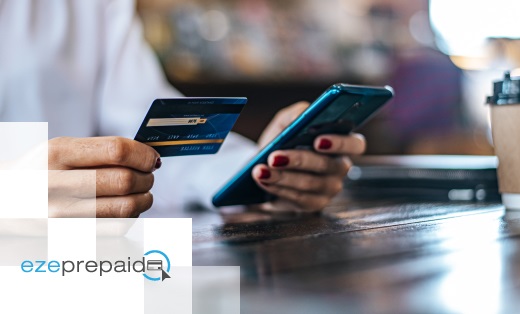How to Maximize ROI in Sales and Marketing with Digital Incentives
Versatile, Cost-effective Solutions
Successful sales and marketing strategies often incorporate compelling incentives to attract and engage customers. In the digital age, such incentives have evolved into attractive, versatile, cost-effective solutions. Here’s how to maximize ROI in your sales and marketing efforts with Digital Incentives.

Capturing Attention
In a crowded marketplace, Digital Incentives can help your brand stand out. Special incentives like digital gift cards or prepaid rewards cards can capture attention and draw potential customers towards your products or services, assisting with customer acquisition.
Fostering Engagement
Digital Incentives are not just about attracting customers but also practical tools for fostering customer engagement. Whether it’s a rewards program, a referral scheme, or a customer loyalty initiative, Digital Incentives can enhance customer interaction with your brand, boosting customer retention.
Encouraging Desired Behaviors
Digital Incentives can strategically encourage desired behaviors, such as repeat purchases, positive reviews, or referrals. These behaviors can help drive sales, generate leads, and enhance your brand reputation, contributing to a better ROI.
Enhancing Customer Loyalty
A well-planned incentive program can go a long way in enhancing customer loyalty. When customers feel valued and rewarded, they are likelier to stay loyal to your brand, improving your ROI in the long run.
Driving Cost-Efficiency
Digital Incentives, such as digital gift cards or e-vouchers, can be more cost-efficient than traditional incentives. The absence of physical production and distribution costs, combined with the potential for scalable deployment, can drive down costs and increase ROI.
Given these benefits, Digital Incentives can play a significant role in enhancing your sales and marketing ROI. With strategic planning and implementation, Digital Incentives can help attract, engage, and retain customers while optimizing costs.
Are you ready to maximize your sales and marketing ROI with Digital Incentives? At EzePrepaid.com, a division of All Digital Rewards, we offer a range of digital incentives tailored to meet your specific needs.
Let us help you turn your sales and marketing strategies into high-ROI endeavors. Visit EzePrepaid.com or contact us today to learn how our Digital Incentives can propel your business toward tremendous success.
Contact Sales
Want more information about Ezeprepaid? We're happy to help! We provide quick-to-market prepaid and gift card solutions customized to meet your company’s needs.
"*" indicates required fields








